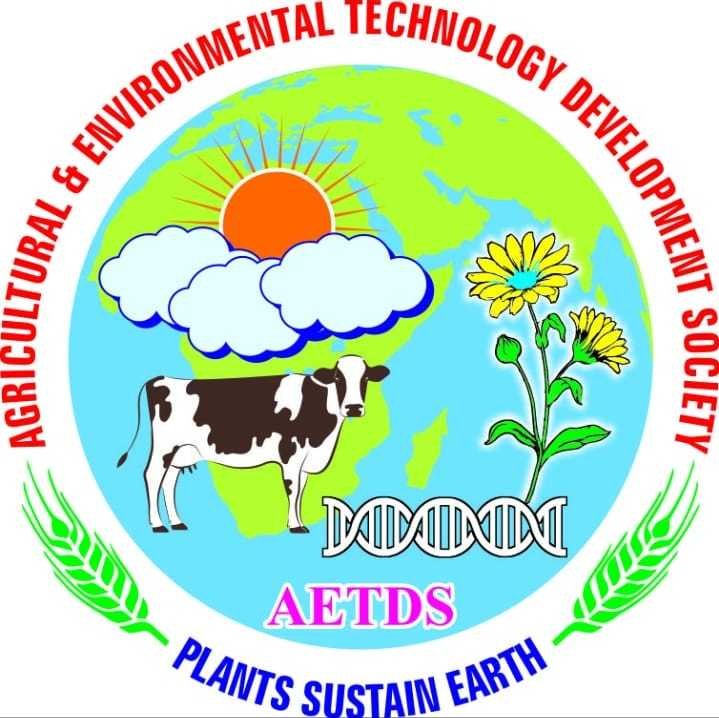
Prof. c.p. singh, president
Dr wajid hasan, Secretary
Agricultural & Environmental Technology Development Society, U.S. Nagar, Uttarakhand, India
Copyrights © 2024 All Rights Reserved. Powered by AEDTS
PEER REVIEW PROCESS AND POLICY
Submissions are sent to two experts for review, if both experts approve the paper will be accepted for publication. We are continuously improving the journal, to have one of the best international scientific journals in the world. Therefore, we are searching for a good team of editors, associate editors, co-editors, regional editors, subject editors and conference editors globally. Our interdisciplinary journal publishes only the most cutting-edge research, to connect scientists to develop various research projects in consultation with a variety of industry partners for the benefit of mankind.
The International Journal of Agricultural and Applied Sciences (IJAAS) recommends the Principles of Transparency and Best Practice in Scholarly Publishing i.e. joint statement by COPE and DOAJ .
The peer-review process ensures that only high-quality content will be published in the journal. The first submission undergoes initial screening and a peer-review process before publication.
We aim to provide professional, fair, timely, and confidential peer reviews by experts.
Detailed description of the peer review process:
The International Journal of Agricultural and Applied Sciences (IJAAS) follows a double-blind peer review process to ensure the integrity, quality, and credibility of the research published. The review process is structured as follows:
Manuscript Submission: Authors submit their manuscripts through the journal’s online submission system, ensuring compliance with the journal’s formatting and ethical guidelines.
Initial Editorial Screening: The editorial office conducts a preliminary check to ensure the submission aligns with the journal’s scope, adheres to formatting guidelines, and meets ethical publishing standards (including plagiarism screening). Manuscripts that do not meet basic criteria are desk-rejected at this stage.
Assignment to an Editor: The Editor-in-Chief or a designated subject editor assigns the manuscript to a member of the Editorial Board or a handling editor with expertise in the relevant field.
Reviewer Selection: The handling editor identifies two to three independent experts in the field and invites them to review the manuscript. Reviewers are selected based on their research expertise, prior experience in peer reviewing, and absence of any conflict of interest.
Double-Blind Review Process: The identities of both authors and reviewers are kept anonymous. Reviewers evaluate the manuscript based on originality, scientific rigor, methodology, significance, clarity, and adherence to ethical standards. They provide detailed comments and recommendations, including accept as it is/ accept with minor/ major revisions / Rejection.
Author Revision and Response: If a revision is required, an author is given a deadline to submit the revised manuscript along with a point-by-point response to reviewers’ comments. The revised manuscript may be sent back to the original reviewers for further assessment.
Final Decision: The Editor-in-Chief, in consultation with the handling editor and reviewers’ feedback, makes the final decision on acceptance or rejection. In some cases, further rounds of revision may be required before final acceptance.
Proofreading and Production: Accepted manuscripts undergo final proofreading and formatting before being published online in the next available issue of the journal.
Publication and Indexing: The published articles are assigned DOI numbers and indexed in relevant databases to ensure visibility and accessibility.
Appeals
If you wish to appeal a decision, you should email the editor who has handled the submission inquiry and review process, explaining your reasons for any grievances. Appeals will only be considered if reviewers or the editor have a bias when a documented competing interest compromises objectivity. It may lead to a change in the original decision. The majority rule will be applied. The processing of appeals will usually take no longer than two weeks. While under appeal, a manuscript remains under formal consideration and hence should not be submitted for consideration elsewhere. We do not consider second appeals.

Agricultural & Environmental Technology Development Society, U.S. Nagar, Uttarakhand, India